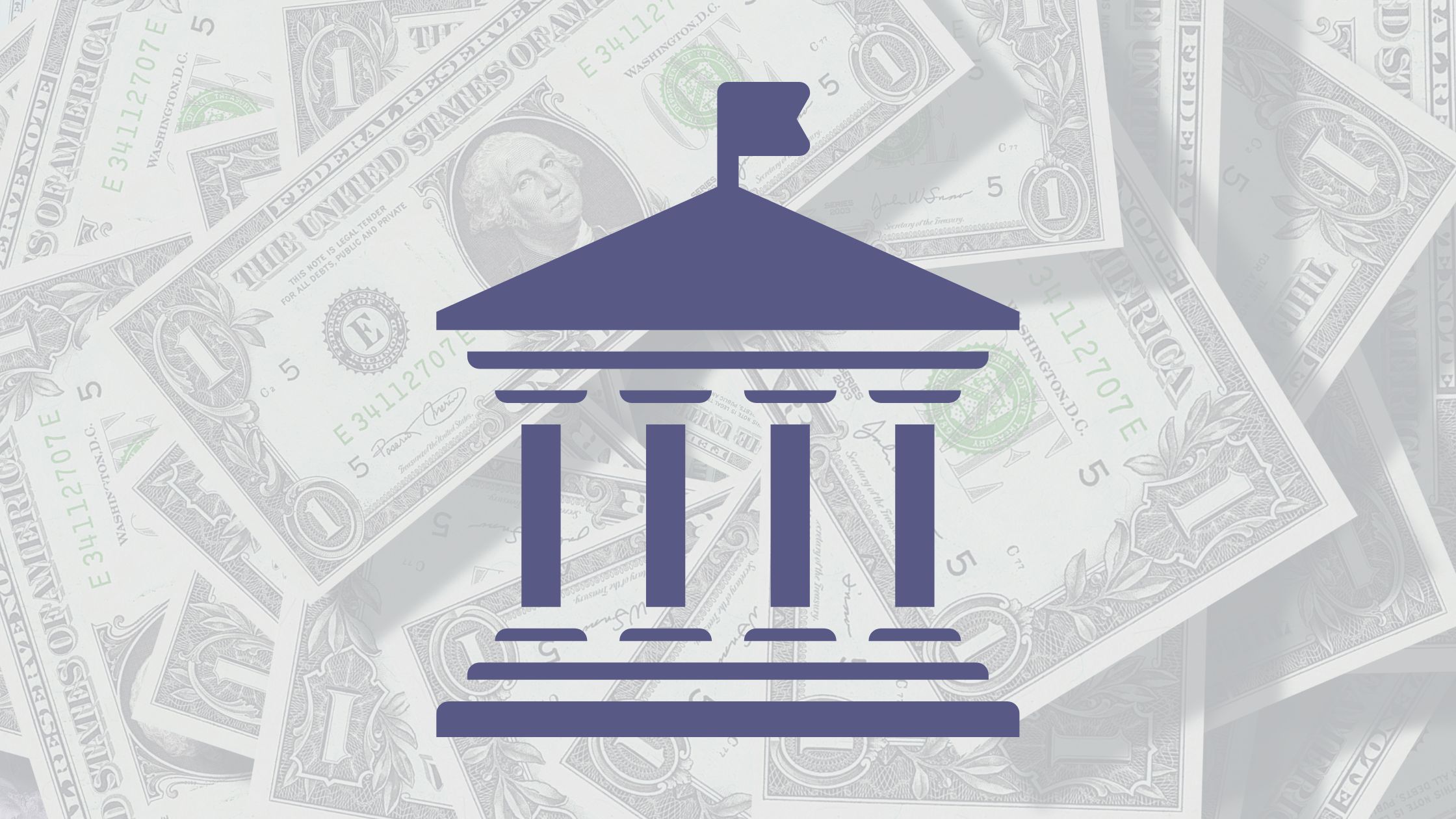Government Debt and its Impact on Economic Growth

Global government debt is at a record high, exceeding $97 trillion in 2023, which is more than 90% of the global GDP. Wait, it gets worse. This trend is expected to continue, with debt levels potentially surpassing 100% of GDP by the end of the decade. Would it surprise you to learn that the highest debt levels don’t belong to emerging economies? The United States, China, and Japan take the top three positions. Is such debt really a bad thing, you might ask. Well, research says that it is. A 2022 study by Western Illinois University revealed that government debt has a significantly negative impact on economic growth. It could even lead to negative growth, along with higher taxes and interest rates. This, in turn, would discourage private investments in the country.
The impact of high government debt doesn’t stop there. Here’s a deeper dive.
How Surging Government Debt Hurts Economic Growth
Italy’s public debt reached 135.3% of its GDP in December 2024, exceeding €3 trillion. Although the government is working towards reducing the debt-to-GDP ratio, Italy’s public debt-to-GDP ratio is expected to reach 138% in 2025. The situation in the US is possibly worse, with national debt standing at almost $36.22 trillion, or about 124% of the country’s nominal GDP, as of April 29, 2025.
When debt levels are this high, it crowds out private investment. When the government borrows heavily, it increases the demand for loanable funds, which can drive up interest rates. The resultant higher interest rates make it more expensive for businesses to borrow money for investment, potentially leading to a decrease in private investment and a slowdown in economic growth.
High government debt can lead to lower national savings, as individuals and businesses may save less if they anticipate future tax increases to repay the debt. Reduced national savings can also lead to a decrease in the amount of capital available for investment, which can negatively impact long-term economic growth. The problem is compounded by the government having to pay more in interest to its creditors. Higher interest payments can strain government budgets and reduce the funds available for essential investment in areas like education, infrastructure, and research and development, which are crucial for driving sustainable growth.
The burden is high for developing nations as well, with the UN Trade and Development (UNCTAD) noting in its World of Debt Report 2024 that over 50% of developing economies allocate a minimum of 8% of their government revenues for interest payments on public debt. This reduces the funds available for developmental spending. The report goes on to state that 3.3 billion people live in countries that spend more on interest payments than on health and education combined.
High public debt limits the government’s ability to repay the debt and respond to economic crises, such as recessions or pandemics, as well as external shocks, such as changes in global interest rates or trade patterns. When investors see a country with a large and growing debt, they may lose confidence in the economy, leading to reduced foreign investments. This can create a vicious cycle where the economy weakens, making it harder to repay the debt. The government then has less room to maneuver and implement stimulus packages to drive growth.
This can lead to debt overhang, where the debt burden becomes so large that the government is unable to take on further debt to finance growth-oriented projects. This can result in future economic instability. The situation can grow into a downward spiral of lower growth, lower debt service capacity, and potentially a debt crisis. Several countries are grappling with such a debt crisis, including Sri Lanka, which defaulted on its international debt in 2022. Zambia was the first African country to default on its debt during the COVID-19 pandemic, while Lebanon has been in default since 2020. Additionally, Tunisia, Egypt, and Jordan are grappling with debt-related challenges and economic instability.
High government debt can become an intergenerational problem, with future generations inheriting the burden and facing higher taxes and reduced government spending.
Is There a Way Out?
Should government rush to the IMF and World Bank to bail their economies out of a debt crisis? Countries have something much more powerful than that. It’s called laissez faire – allowing private businesses to develop without government control. It allows market forces and competition to dictate the efficient allocation of resources, with businesses responding to consumer demand. Businesses will always strive to improve productivity and reduce costs, which makes the economy healthier and stronger.
By reducing government spending, the fiscal debt burden can be reduced over time. This can be done by downsizing the government and simplifying regulations. Lower interest rates have a dual advantage. It not only reduces the interest burden for the government’s domestic borrowings, but also makes it easier for businesses to borrow, resulting in growth and increases tax revenues even with the same tax rate.
 Rakesh Wadhwa. Ever since, I was a school boy, I knew India was on the wrong path. Socialism was just not what we needed to get ahead. Government controlled our travel; government controlled our ability to buy and sell; and government controlled our freedom to move our money. My life has focused on the inherent rights people have. When I was in college, I never understood, what the governments meant by their "socialistic attitude". If people are free to buy, sell and move their capital themselves without any restrictions by state, then the welfare of people is inevitable & hence the countries they live in will become wealthy. The government has no right whatsoever, to point a finger at me or my business. I am not a revolutionary. I just want to light up my cigarette and not get nagged about it. I believe in non-interfering attitude to attain more.
Rakesh Wadhwa. Ever since, I was a school boy, I knew India was on the wrong path. Socialism was just not what we needed to get ahead. Government controlled our travel; government controlled our ability to buy and sell; and government controlled our freedom to move our money. My life has focused on the inherent rights people have. When I was in college, I never understood, what the governments meant by their "socialistic attitude". If people are free to buy, sell and move their capital themselves without any restrictions by state, then the welfare of people is inevitable & hence the countries they live in will become wealthy. The government has no right whatsoever, to point a finger at me or my business. I am not a revolutionary. I just want to light up my cigarette and not get nagged about it. I believe in non-interfering attitude to attain more. 
 The Bastiat Award is a journalism award, given annually by the International Policy Network, London. Bastiat Prize entries are judged on intellectual content, the persuasiveness of the language used and the type of publication in which they appear. Rakesh Wadhwa won the 3rd prize (a cash award of $1,000 and a candlestick), in 2006.
The Bastiat Award is a journalism award, given annually by the International Policy Network, London. Bastiat Prize entries are judged on intellectual content, the persuasiveness of the language used and the type of publication in which they appear. Rakesh Wadhwa won the 3rd prize (a cash award of $1,000 and a candlestick), in 2006.
What the readers are saying…